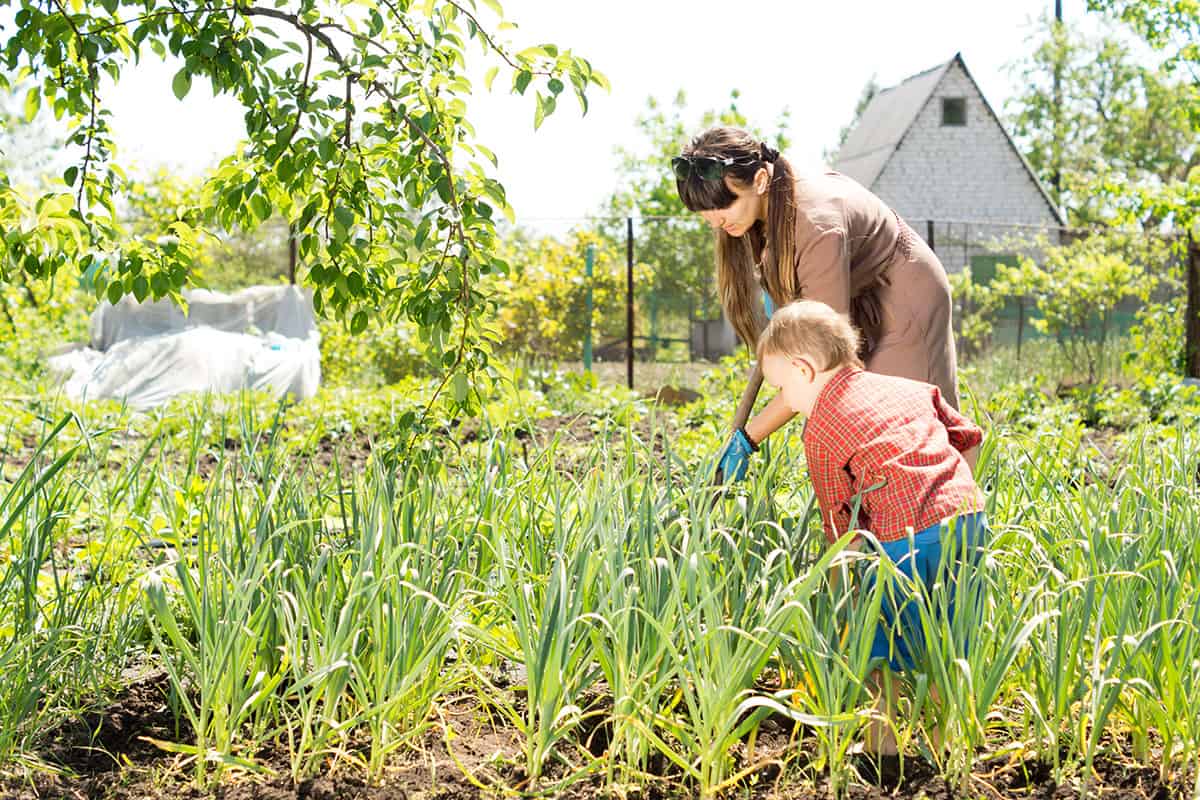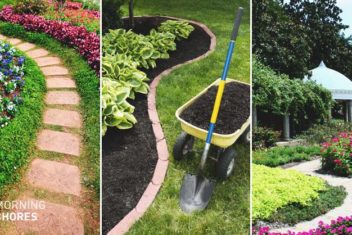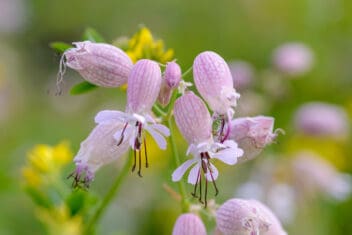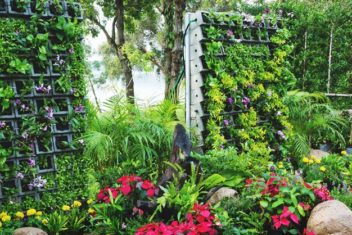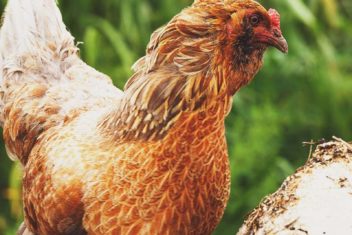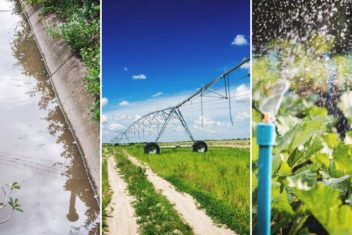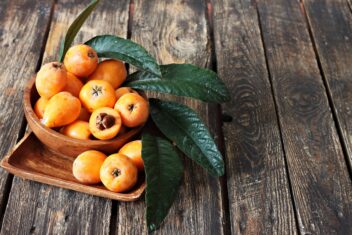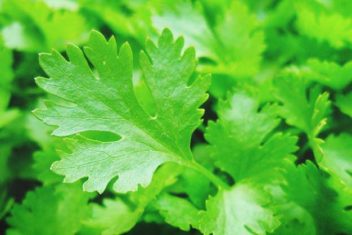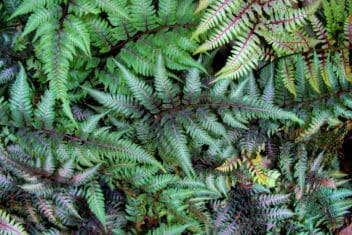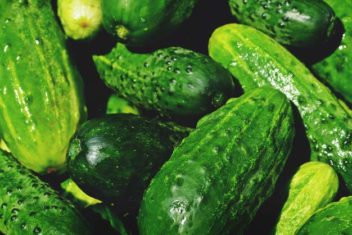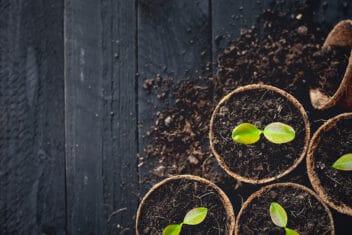If you want to cultivate a garden that thrives well without a lot of human intervention, striving for symbiotic harmony is a great approach.
When you think of symbiotic relationships, what comes to mind? You may think of our little fish friend from Finding Nemo. Clownfish and anemones have symbiotic relationships.
Companion planting with vegetables and herbs is also considered a type of symbiosis.
Ready to demystify the process and find harmony in your garden? Let’s get started.
What Does “Symbiotic” Mean, Exactly?
In simplest terms, symbiosis means that two species live together for a long time and affect each other’s lives. There are three types of symbiosis and when people say the word symbiosis by itself they actually refer to symbiosis mutualism, in which both species benefit from the relationship. This is different from symbiosis parasitism (or just parasitism), in which one species benefits at the expense of another.
The third type is commensalism, in which one species benefits and the other neither benefits nor is harmed.
That said, in this article, we are going to use “symbiosis” when we really mean symbiosis mutualism because that’s the more common definition for the word.
Here are some examples. Aphids feeding on plants but offering nothing beneficial in return is parasitism. In contrast, ravens keeping close to wolves to scavenge from their kills is commensalism.
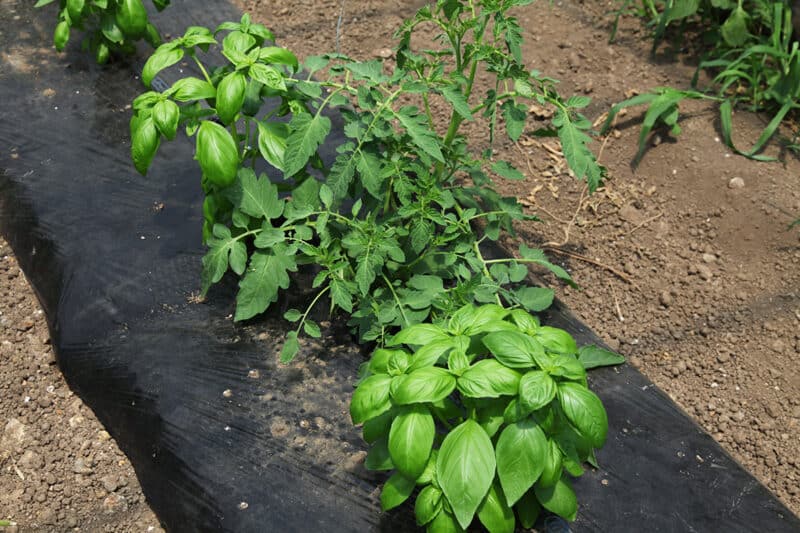
As for symbiosis mutualism? Think about planting tomatoes with basil. The nutrients tomatoes secrete into the soil help basil thrive, while basil attracts beneficial pollinators and shoos away tomato hornworms.
Both benefit from being housemates, so to speak.
Example 1: Mycorrhizal Fungi
Just like “Nemo” and the anemone benefit from one another, let’s take a look at mycorrhizal fungi and how it creates symbiosis with plants.
These fungi friends wrap themselves around plants’ roots and help with nutrient uptake, especially nitrogen and phosphorus. This fungus is especially beneficial to corn, squash, cucumbers, nightshades, alliums, lettuces, herbs, and carrots.
In turns, these plants excrete carbohydrates in the form of sugars, which the fungi feast upon. In fact, this is the fungi’s only food source, making this an ideal form of symbiosis. Both species thrive without any downside to the other: just happy times all around.
It’s important to note that there are some situations in which fungi benefit more from the plants than vice versa.
For instance, some fungi species are absolutely dependent upon the plants for their carbon uptake while only providing the plants with minimal nutrition in turn. Like wheat and certain related cereal crops. [1]
Most plants will benefit from mycorrhizal fungi, but it’s important to note that some don’t benefit at all, like beets, for instance.
This is why it’s important to research before planting anything, so you don’t waste a crazy amount of time trying to pair species that don’t play well together.
If you really want a healthy garden that’s teeming with mycorrhizae, consider a no-dig, low-till, hugelkultur, or lasagna garden setup. This allows the beneficial fungi to thrive, instead of flipping it out of its cozy, earthy home to die from sun exposure.
Example 2: Companion Planting
This is one of the best and easiest examples of symbiotic gardening. Best of all, you can adapt it to just about any gardening space in any climate.
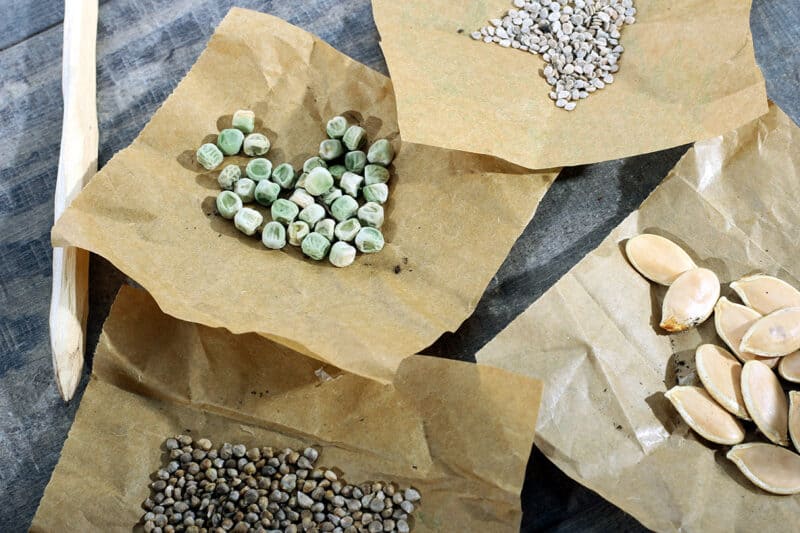
If you’ve planted a three sisters type of permaculture garden, you’re already familiar with a three-way type of symbiosis. Each of these plants benefits from the other’s proximity, without any of them suffering or being depleted.
Alternatively, if you’re not yet familiar with the concept of companion planting, then read some online articles and/or grab some good permaculture gardening books.
Make a cup of tea, put your feet up, and make an afternoon out of researching all about it because it’s an essential element of gardening.
One book that I’d recommend adding to your reading list is Teaming with Nutrients, by Jeff Lowenfels. You also might want to pick up his other books, Teaming with Microbes, and Teaming with Fungi, while you’re at it.
All of these cover aspects of cultivating symbiotic gardens, including how to work with species that are generally considered “difficult.”
As an example of this, my partner and I want to cultivate black walnut trees on our land. But they release a chemical known as juglone, which is toxic to most other plant species.
However, pawpaw fruit bushes are immune to this substance and thrive near the walnuts. In turn, they draw beneficial pollinators, and their dropped leaves act as a natural mulch, keeping moisture around the walnut tree’s roots.
This is a perfect example of symbiotic gardening.
Example 3: Salmon and Blueberries
For our third example, let’s take a cue from Nemo and look at the symbiosis that can occur in an aquaponics setup.
A salmon fish farm may have blueberry bushes around the perimeter or crisscrossing the tank. The blueberry bushes’ roots dangle into the water to soak up nutrients created by the salmon.
These nutrients come from the salmon’s waste sloshing around in the water. The blueberry bushes grow healthy by feeding off it, and they clean the water the salmon are living in.
The bushes also drop their berries into the water, which the salmon gobble up quite greedily. These fish benefit from the nutrients in the berries, and they also seem to really love their taste. We can hardly blame them, right?
Both of these species benefit exponentially from one another. And blueberry sauce is delicious on baked salmon too, but that’s more about us than them, innit?
Example 4: Bird Feeders and Bird Baths
Okay, now you’re probably wondering what on Earth bird feeders and baths have to do with symbiotic gardening, but hear me out.
When we’re living and working in harmony with nature, we acknowledge that all manner of species are integral to cultivating harmonious balance.
Having wild birds around the property doesn’t just mean that you’ll have happy sounds to listen to while you’re outside. They’re amazing allies, and by cultivating friendships with them, your garden will thrive as a result.
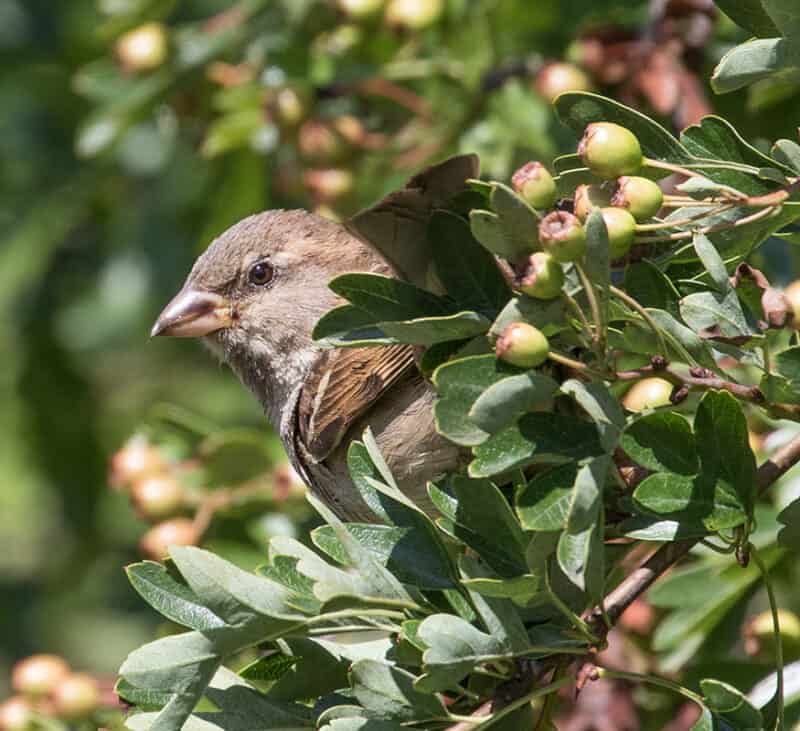
Let’s say that you keep your birdbaths and feeders full and healthy. That attracts all manner of species to your garden space. They’re not just going to stick to the feeders: they’re going to hop around your plants and buildings as well.
Members of the corvid family like jays, magpies, and crows love to eat juicy little wasp larvae. They’ll take down paper wasp nests and clean them out. As a result, so you won’t be plagued by wasps all summer long.
Smaller species like wrens, sparrows, and other finches love to dine on beetles, grasshoppers, and caterpillars. They’ll happily pick them off your cabbages and such to feed to their young.
Mid-sized species like robins and thrushes will dig into the soil to pick out grubs such as Japanese beetle larvae.
As you can see, attracting these animals to your garden is an ideal form of symbiosis. Your plants will thrive, the birds will dine well, and the cycle keeps spinning.
Just as a note, remember to hang feeders in trees where the birds will feel safe from predators like hawks and other raptors.
The same goes for birdbaths. Locate them in nooks where the birds won’t get attacked from above. Place them where birds can easily see ground-based predators like cats, foxes, etc.
Make Sure You Work with the Land You Have
Many of us try to force our gardens to create the foods that we want to eat, rather than adapting our growing and eating patterns to harmonize with the land we’re on.
This runs completely counterintuitively to the notion of symbiotic gardening.
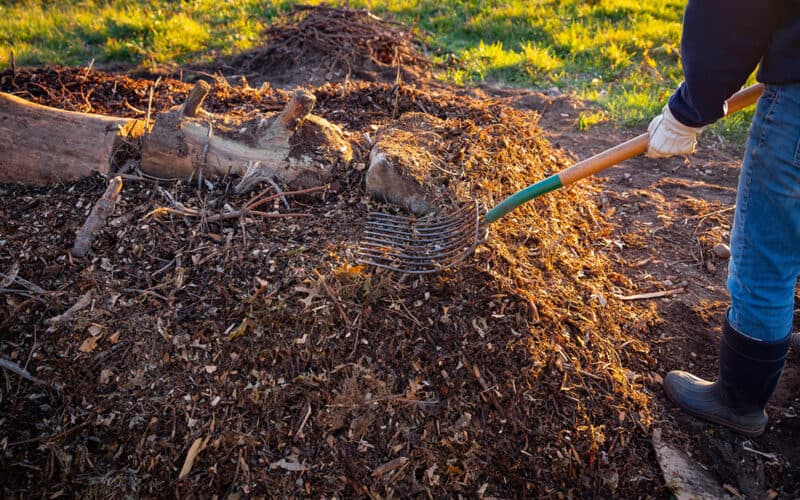
We want to live in harmony with our land and be stewards for it, not beat it and torment it so it’ll perform the way we want it to.
I’ve had the privilege of cultivating gardens in several different environments. I’ve learned to let the land tell me what it needs and loves best and adapt to it accordingly.
If you’re growing a garden in an arid environment as I did in rural California, choose species that do best in those conditions. They’ll likely have plenty of beneficial pollinators nearby, so focus on companion planting with species that help them retain moisture.
Alternatively, if you’ve got an allotment garden somewhere in northern England, choose hardy species that can protect one another and offer vital nourishment.
Choose heirloom species that have been cultivated in your area. Or, try to get some lovely seeds from northern France, southern Germany, or southern Scandinavia. All should work in that environment.
Whenever possible, grow plants that have been cultivated in your area, or at least in conditions that match your land’s climate.
This includes sun, soil, and rainfall. Mediterranean plants will do well in Texas, Arizona, and New Mexico, while northern and eastern European plants will do well in Minnesota, North Dakota, and parts of Canada.
Spend time out on your land, just sitting with it, observing it, and paying attention to what it’s telling you. You’ll be amazed at the Eden you can cultivate when you approach land cultivation as a friend rather than a conqueror.
Reference:
- Wright DP, Read DJ, Scholes JD.Mycorrhizal Sink Strength Influences Whole Plant Carbon Balance of Trifolium repens L. Plant, Cell and Environment 19982188191
